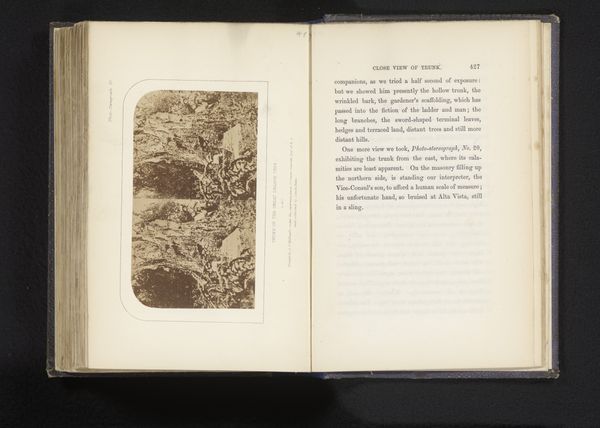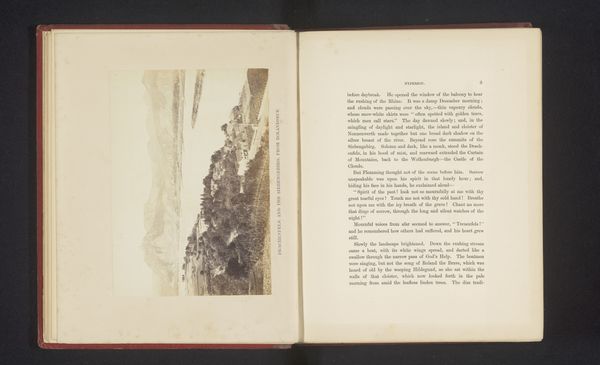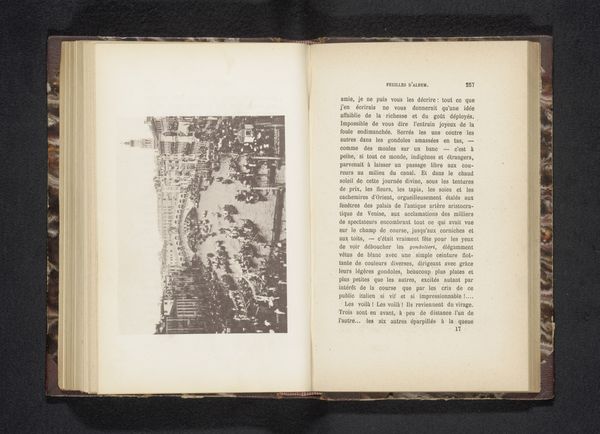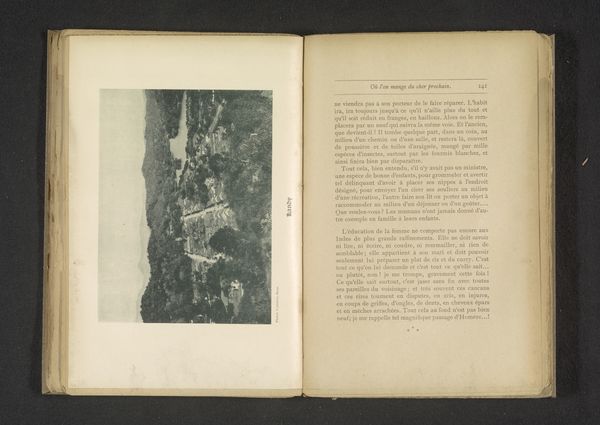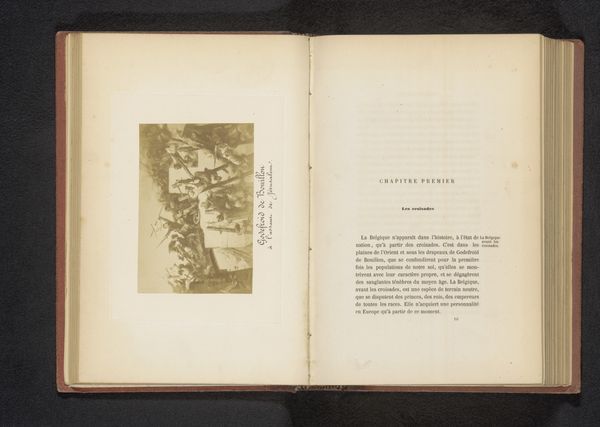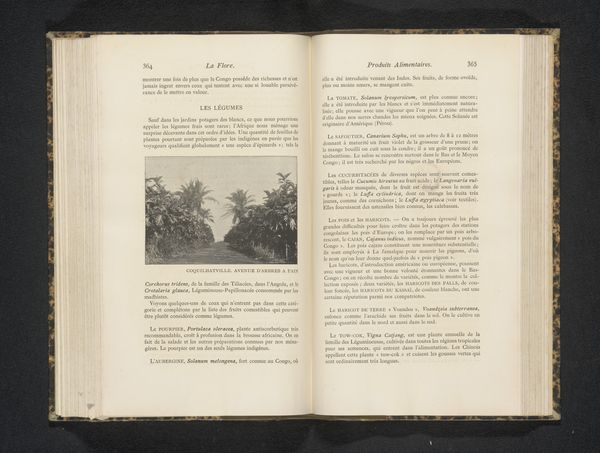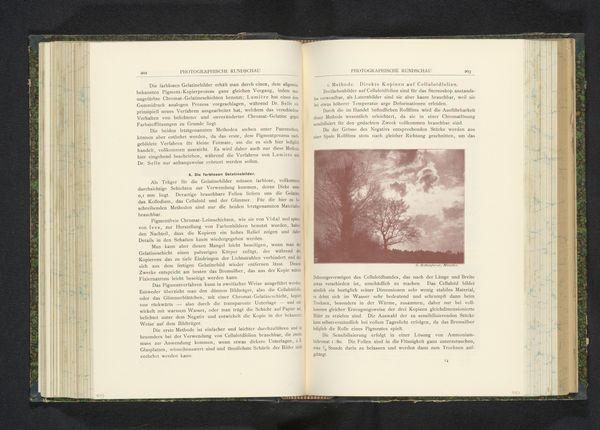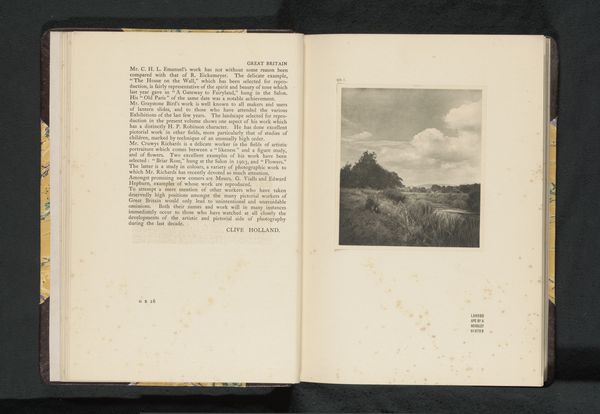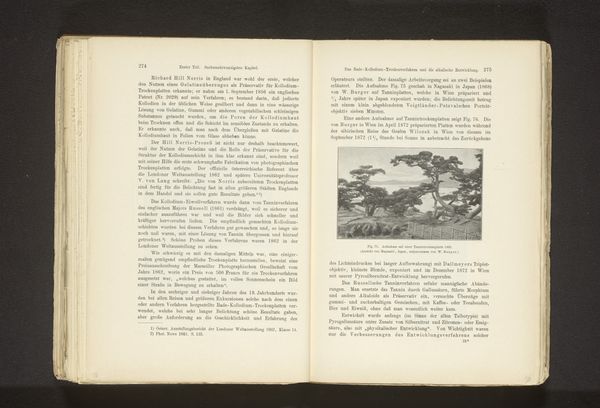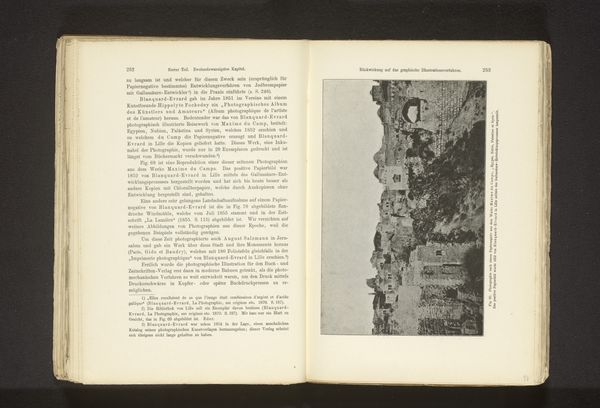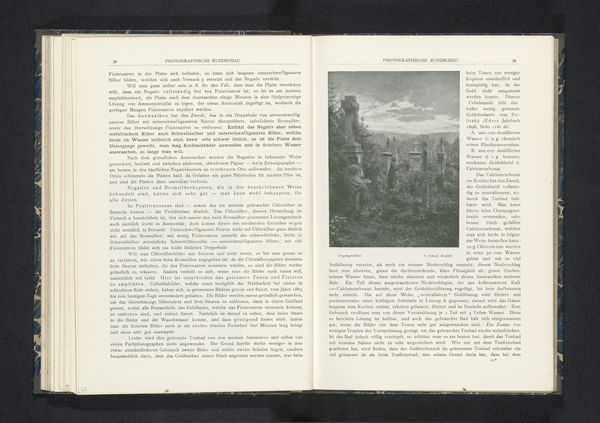
collage, print, textile, photography
#
collage
# print
#
textile
#
photography
Dimensions: height 112 mm, width 67 mm
Copyright: Rijks Museum: Open Domain
Curator: Today we’re looking at an artwork that defies easy categorization. "Twee mensen bij een papaja boom," or "Two People by a Papaya Tree," it seems to predate 1892, a mix of photography, textile, collage, and print techniques. What's your first take on this composite image? Editor: Well, immediately I'm drawn to the palpable materiality of it—it's not a pristine image, is it? There's a certain tactile quality; the layering is clumsy and immediate in a way that is surprisingly expressive, evoking the labor involved in harvesting and processing tropical fruits and raw materials, such as the papayas depicted.. Curator: Precisely. This piece, made before the turn of the century, speaks volumes about colonialism and the exoticization of tropical lands. The source book itself is likely part of the propaganda machinery of the era, celebrating the extraction of resources from colonized territories, or it could also simply be highlighting common culinary experiences. The depicted materials themselves -- papayas and the collage materials-- were commodified materials for colonial trade. Editor: I see it, yes, and thinking about those print and textile elements more, I can't help but focus on what is emphasized: this jumbled assembly of materials from various cultures is telling us something significant. The raw, almost crude assembly feels purposeful, underlining the cost of exploitation for the indigenous workers shown in this print—suggesting unequal labour, raw goods versus constructed image. The scale of image and text even contributes to that—as an inventory log it still showcases the labor, it might ignore. Curator: That tension between observation and critique, exploitation and opportunity, is key. This work existed in a transitional era where the seeds of criticism of Empire began to sprout. You can really sense how objects can communicate differently at various times. Editor: Absolutely. Analyzing it with these factors helps me better understand the world from whence the materials, and imagery comes. We see how even mundane things—papayas, raw texts—have histories laden with socio-economic struggle, and have potential meanings within its raw materials. Curator: This reminds us how an open book itself can carry such rich—if conflicted—cultural context. Editor: Precisely, it makes one question which voices we choose to hear and how, but more crucially the journey things took and how this journey made that possible.
Comments
No comments
Be the first to comment and join the conversation on the ultimate creative platform.
